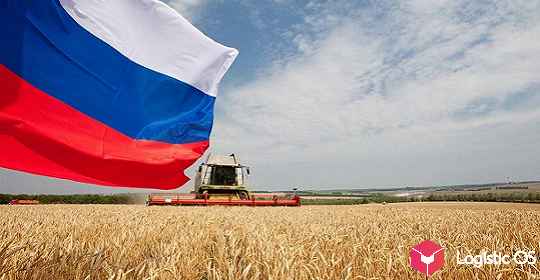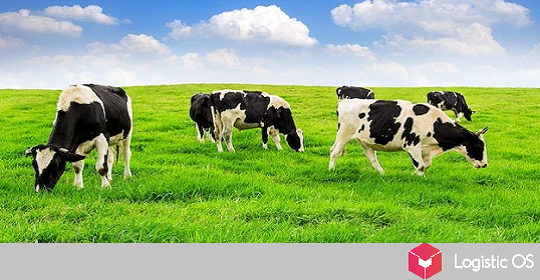The new winter crop is expected to reach 48 million tons. This is significantly less than last year.
Experts predict that Australian agricultural producers will be able to harvest up to 30 million tons of wheat, 12 million tons of barley and 6 million tons of rapeseed this season.
These results are significantly worse than in the previous season: a year ago, the total harvest of these three crops was 65 million tons.
Nevertheless, according to experts, the result of this year cannot be considered completely bad: it is 3% more than the average value for 5 years.
But still, the relatively low harvest leads to the fact that prices for agricultural products in Australia rush up.
And since it is a major exporter, it can be expected that the situation on this continent will have a fairly noticeable impact on world prices as well.
Land prices have risen sharply in Australia
According to the latest data, the cost of a hectare there has almost doubled over the past 3 years.
First of all, we are talking about the most fertile lands, which are located in those regions of the mainland in which precipitation occurs relatively often.
The cost of a hectare in such areas breaks records and reaches 9 thousand dollars, this is an increase of 125% over the past 3 years.
In the so-called «wheat belt» land has risen in price less significantly, by 80%, and a hectare costs about $3,500.
Experts note that such an increase in the cost of agricultural land is largely due to the fact that climate change is taking place, as a result of which there is less fertile land, there is competition for them — and hence the increase in prices.
To combat climate change, Australian farmers today have to invest more and more in development.
In particular, we are talking about investing in technology development. Experience shows that one dollar invested in this can bring up to $8 in the medium term.
True, in order to make such investments, farmers usually need their own funds.
Unlike Russian manufacturers, who are accustomed to regularly receive subsidies and other kinds of support from the state, in Australia this practice is practically not developed.
Moreover, there is a widespread opinion that this is even good: without any subsidies, farmers are much less fond of using fertilizers, which in the end can cause significant environmental damage.
However, the question remains, whether the refusal to use fertilizers against the backdrop of climate change will lead to lower yields.

